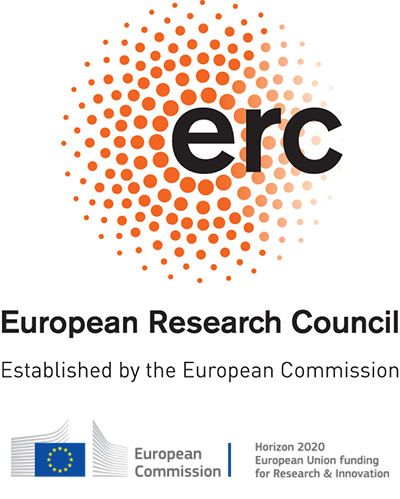Signed graphs contain different types of relations towards actors in SNA. The assignment of a positive or negative relationship finds its roots in structural balance theory. The mathematical formalization of this concept was later added by Harary (1953) and Cartwright ( 1956, 1979). The generalisation specify subgroups with similar characteristics related to their links to other actors in the network. Subdividing actors into prespecified homogeneous blocks provides for the analysis of such network data related to internal and external characteristics. Besides, the different clusters are interpreted in more precise and adequate ways in order to obtain coherent subgroups for the spatial and temporal analysis simultaneously. Extending the major concept of cluster analysis, blockmodeling is a method to delineate the underlying structure of a social network, transforming it into a smaller and rather comprehensible unit (Batagelj et al 2004). Compiling an interpretable model, we construct our analysis relying on both an indirect and direct approach in the framework of the corresponding and comparable blockmodels.



